Mysteries of Stonehenge: A Prehistoric Marvel
8/3/20252 min read


Introduction to Stonehenge
Stonehenge rises majestically from the Salisbury Plain, captivating visitors with its prehistoric architecture and enigmatic purpose. This ancient site, consisting of a series of massive stones set within an intricate circular arrangement, has stood the test of time, radiating intrigue and continuing to provoke fascination among historians, archaeologists, and enthusiasts alike.
The Architectural Wonder
Constructed around 2500 BC, Stonehenge is an exemplary model of megalithic architecture. The arrangement of the stones showcases not only extraordinary engineering skills but also reflects the advanced understanding of their builders regarding the natural world. The massive sarsen stones and the smaller bluestones were transported from significant distances, highlighting the monumental effort required to erect this ancient edifice.
Alignment with the Sun
One of the most intriguing aspects of Stonehenge is its alignment with the movements of the sun. During the summer solstice, the sun rises directly above the heel stone, casting a mesmerizing glow upon the inner circle. This celestial alignment suggests that the site served not only as a monumental construction but also as an astronomical observatory. Many scholars believe that Stonehenge was a site for seasonal and lunar celebrations, emphasizing its importance in prehistoric rituals.
Immense Historical Significance
Stonehenge's significance extends beyond its architectural merit; it stands as a testament to the social and ritualistic practices of Neolithic peoples. The surrounding burial mounds indicate that the area was a center for ancient funerary rites. The continuation of burial practices around the site points to its enduring importance in the cultural landscape of prehistoric Britain.
Contemporary Perspectives
Today, Stonehenge remains a symbolic representation of ancient human ingenuity and a focal point for discussions surrounding ancient history and archeology. Its designation as a UNESCO World Heritage site highlights the need for preservation and protection of such invaluable cultural treasures. Access to the site has evolved, allowing for a greater understanding of its significance while striving to preserve its enigmatic allure for future generations.
Conclusion
In summary, Stonehenge is more than just a collection of massive stones; it is a complex symbol woven into the fabric of human history and cultural identity. As it continues to shroud itself in mystery, it invites exploration and contemplation regarding the lives of those who came before us, reminding us of the enduring connections between humanity, nature, and the cosmos.
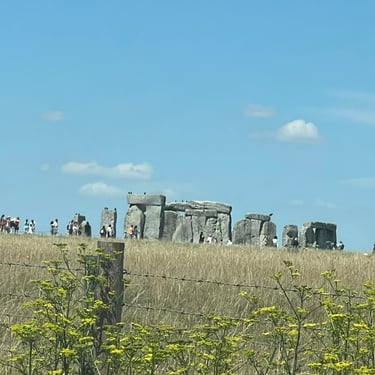
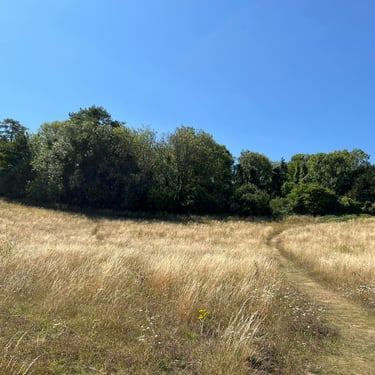

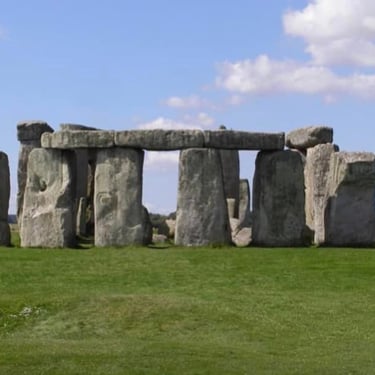

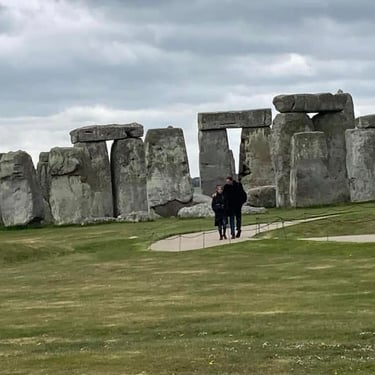
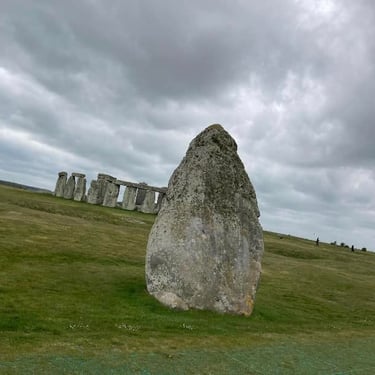
EXPLORE
Sharing insights on history and cultural adventures.
Discover
Follow my Journey
© 2025. All rights reserved.
